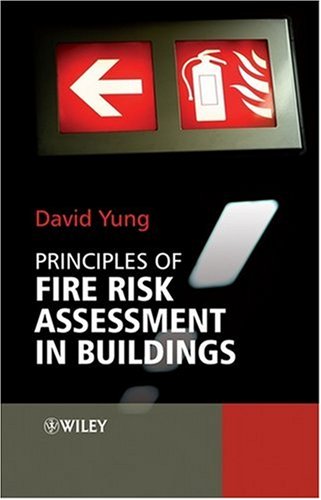

Most ebook files are in PDF format, so you can easily read them using various software such as Foxit Reader or directly on the Google Chrome browser.
Some ebook files are released by publishers in other formats such as .awz, .mobi, .epub, .fb2, etc. You may need to install specific software to read these formats on mobile/PC, such as Calibre.
Please read the tutorial at this link. https://ebooknice.com/page/post?id=faq
We offer FREE conversion to the popular formats you request; however, this may take some time. Therefore, right after payment, please email us, and we will try to provide the service as quickly as possible.
For some exceptional file formats or broken links (if any), please refrain from opening any disputes. Instead, email us first, and we will try to assist within a maximum of 6 hours.
EbookNice Team

Status:
Available0.0
0 reviewsYung, an internationally recognised expert on the subject of fire risk assessment, introduces the basic principles and techniques that help the reader to understand the various methodologies that are currently in place or being proposed by different organisations. Through his illustration of basic principles and techniques he enables the reader to conduct their own fire risk assessments. He demonstrates how the probabilities of fire scenarios are assessed based on the probabilities of success and failure of fire protection measures that are in place. He also shows how the consequences of fire scenarios are assessed based on the intensity and speed of fire and smoke spread, the probability and speed of occupant response and evacuation, and the effectiveness and speed of fire department response and rescue efforts.
Yung’s clear and practical approach to this highly topical subject enables the reader to integrate the various tools available into a quantitative framework that can be used for decision making. He brings an invaluable resource to all those involved in fire engineering and risk assessment, including students, academics, building designers, fire protection engineers, structural engineers, regulators and risk analysts.